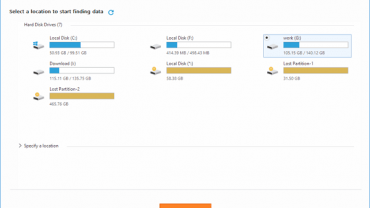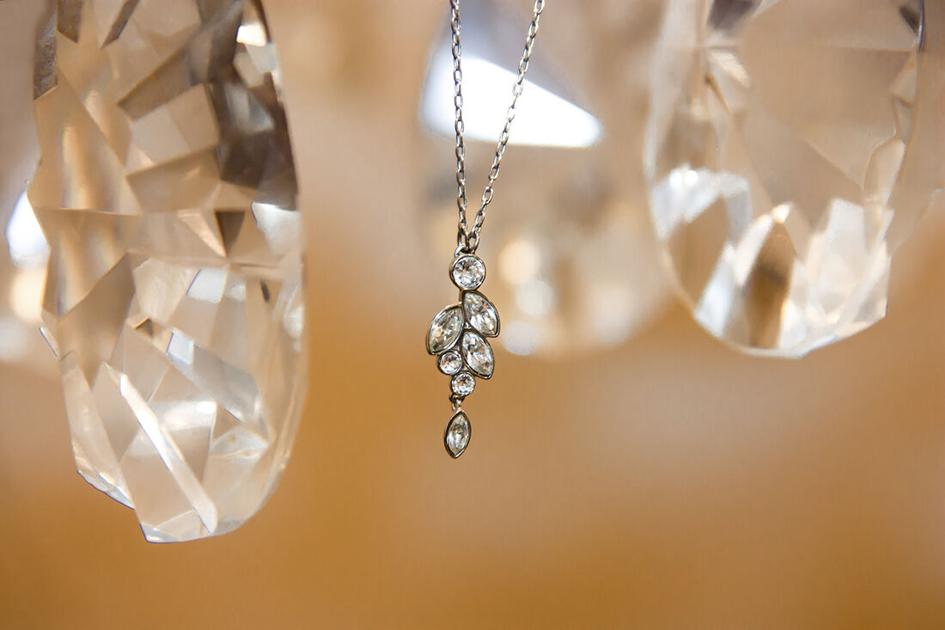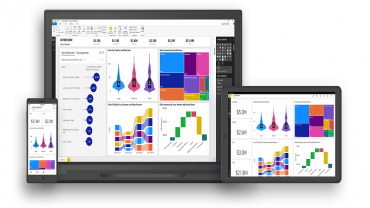So, after a long wait, you finally get your diamond ring. Feeling excited or happy? Or both? Well, I know you are feeling elated but did you know if it’s diamond or laboratory diamonds?
What? I mean, there are two types of diamonds available in the market: natural and lab made diamonds. So, which one do you have?
Don’t worry, here are some methods to test the authenticity of your diamond.
What are Lab-grown Diamonds?
Lab-grown diamonds are made up of the same material as natural diamonds i.e. carbon crystallized in isotropic 3D form. They are similar natural diamonds in both physical and chemical forms.
Lab-made diamonds came on the market recently. They are a total replica of natural ones but have their benefits like cost 40% less and are environment friendly.
Natural vs Lab-grown Diamonds
Natural Diamonds are mined diamonds. They are naturally created under the earth by the transformation of carbon. Under the earth, there is high temperature and pressure and thus carbon transforms into diamonds.
They are mined from deep mines and are valuable. They are made up of several carbons bonded together in four pairs. They are the hardest natural substances found on earth.
On the other hand, lab-grown diamonds are grown in a lab with a diamond seed. Scientists mimic the process of natural diamonds to create a diamond of similar physical and chemical properties.
They are created by two main processes:
#1. High-pressure high temperature
In this method, a diamond seed is placed in a carbon shell. This carbon shell is exposed to high temperatures and high pressure. The carbon shell melts and changes its chemical composition and turns into a diamond.
#2. Chemical vapor deposition
In this method, a thin diamond seed is placed in a chamber and heated around 1472 Fahrenheit. Then this chamber is filled with a mixture. This carbon-rich gas turns into plasma and carbon atoms stick around the diamond and a new diamond is formed.
Are Lab Diamonds Fake Diamonds?
A lab-grown diamond is also a real diamond. They can also be your asset.
Do Lab-grown Diamonds Get Cloudy?
No, lab-grown or natural diamonds do not cloud over time. Though a thin layer may build-up which can easily be removed by soap water.
How to Identify Lab-grown Diamonds?
Even though natural diamonds and lab-grown diamonds look similar to each other, you can still identify the difference between them with deeper and broader examinations.
Ask your Jeweller
The first and most simple method is to simply ask your jeweler where you bought the diamond.
Magnet Test
A man-made diamond through the HPHT method has a leftover trace of iron and nickel in there. When you move neodymium magnets around them, they are likely to attract it.
If the amount of nickel, iron is more than then it will get attracted to the magnet as soon as the magnet touches the surface of the gem.
And if it is a little amount of iron. You need to take a bowl of water. Float the diamond and move the magnet close to it to see if there are any freckles in the water.
Magnification
Lab-tested diamonds have small encryption of the girdle. With the help of a 10 x magnification, you can see this inscription. You can get a lab report by this number of your diamond.
IIA Diamond Type
Broadly diamonds are classified into two types, type one and type two. And further broken even into subtypes like Ia, Ib, IIa, and IIb.
The majority of lab-created diamonds fall in the IIa category. So, if your diamond is tested type II-A, then it is a good indication that your diamond is lab-created.
This is not the surest way but it is a high probability.
Fluorescence
When lab-grown diamonds are passed over a special light glows brighter than a mined diamond.
Lab-grown diamonds reflect bright orange light while natural diamond reflects blue color.
Grain Pattern
While the diamond is glowing, you can see with the help of a high-level magnifier to trace the growth pattern of the lab-grown diamonds.
The lab-grown diamonds have a different grain pattern in comparison to natural diamonds grain pattern.
Gemological Laboratory
If you still cannot find out the difference between them you can take your diamond to a gemological laboratory.
Conclusion
Lab-grown diamond is recently introduced in the market but it has attracted people. It is cost-friendly, comes in a variety of shapes and sizes, attractive colors, and is similar to the real ones in both physical and chemical composition.
Moreover, it is an eco-friendly option for you to mine a natural diamond whole area, forest, and fauna is destroyed. While a lab-grown is made in a lab without any harm to the environment.














